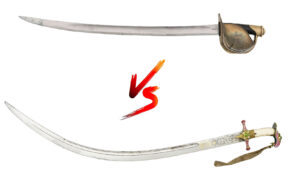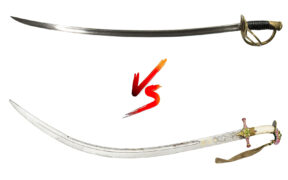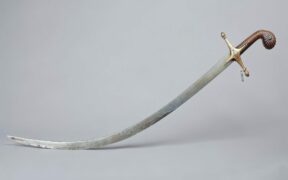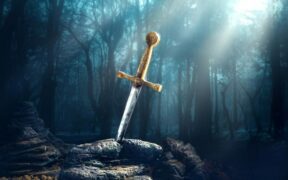Our content features commercial links to our products, committed to transparent, unbiased, and informed editorial recommendations. Learn More
What is a Scimitar Sword? History and its Origin
NO AI USED This Article has been written and edited by our team with no help of the AI
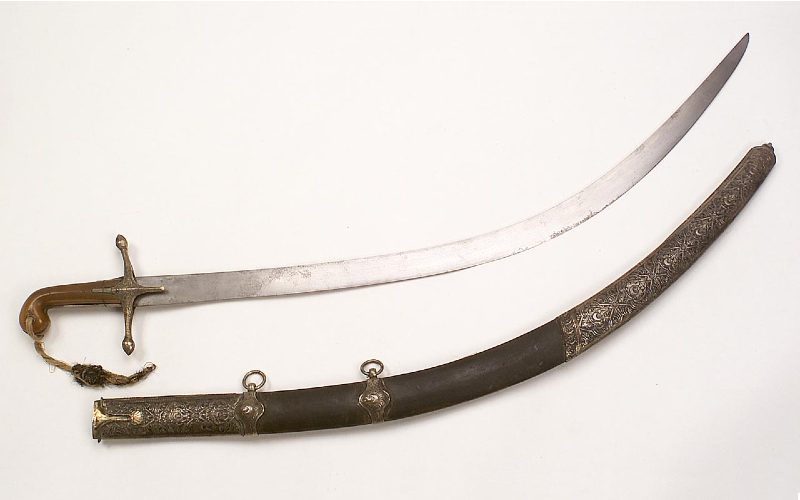
Unlike most European Swords that utilized double-edged blades, the Scimitar, known for its convex, curved blade, is a deadly cutting weapon that has been used across Central Asia, at least until the end of the Ottoman Empire.
From its role in Middle Eastern history, its impact on warfare, and its unique characteristics, our team has compiled a guide on why it would make a great piece for any
Characteristics of the Scimitar
While you may have already seen this
Length and Weight
The scimitar’s size varies greatly in length and weight as it developed throughout history and was used in many countries. With designs that vary based on its originating culture, scimitars differ depending on the depth of the curve, thickness, weight of the blade, and length of the
Blade Quality
Its most prominent feature is the curved single blade that employs a mobile slashing motion. Unlike most western swords, the scimitar blade is generally narrow. While different cultures have tweaked its design, the upper third of the blade either frequently narrows or widens toward the tip. The blade’s curved design makes it efficient for slashing and thrusting. Despite its asymmetry, the
Types of Metal
Early scimitars were made out of Wootz Steel, a metal discovered in India. Its high carbon content boasted exceptional strength while retaining flexibility.
Present blades use an alloy of stainless steel and different grades of carbon steel. When carbon is used for metallurgy, it shifts around the crystal lattice of the blade making it stronger. This is why high carbon steel blades are durable and are less likely to break upon pressure.
Newer modifications were added to the
History of the Scimitar
Believed to have originated back in the 9th century, the word Scimitar is derived from the Persian Word shamshir, meaning “paw claw” due to its curved design. Here are some of the things you need to know about the scimitar’s long history.
Many falsely believed that the Scimitar originated from the Middle East
While the popularity of the scimitar is heavily associated with the Islamic Wars, this weapon has already existed outside of the Middle East for many centuries. Mongols and Turkish nomads were the first people to have used the scimitar for combat as early as the 7th century.
Sword Makers increased the Popularity of the
Damascene
It was identified with the Saracens
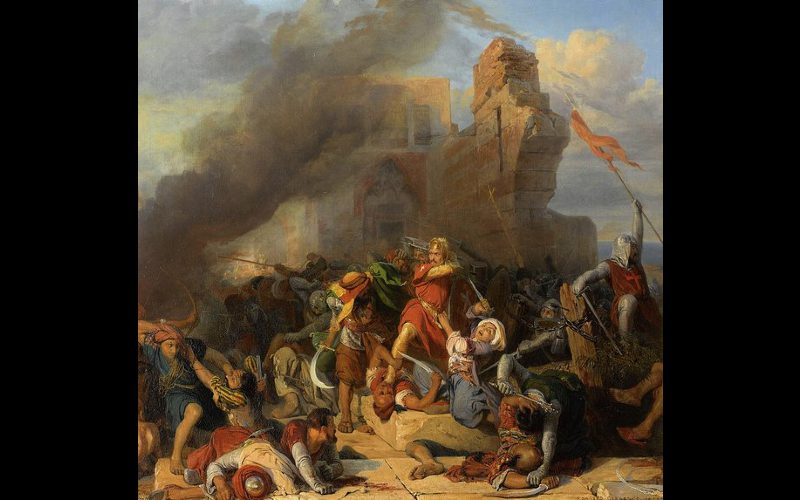
In the 11th century, the Saracens were the collective term for any person practicing Islam. The weapon was mainly used for the Islamic resistance against the Crusaders. Thereafter, it became an icon closely associated with Muslims.
A Product of Climate, Culture, and Economics
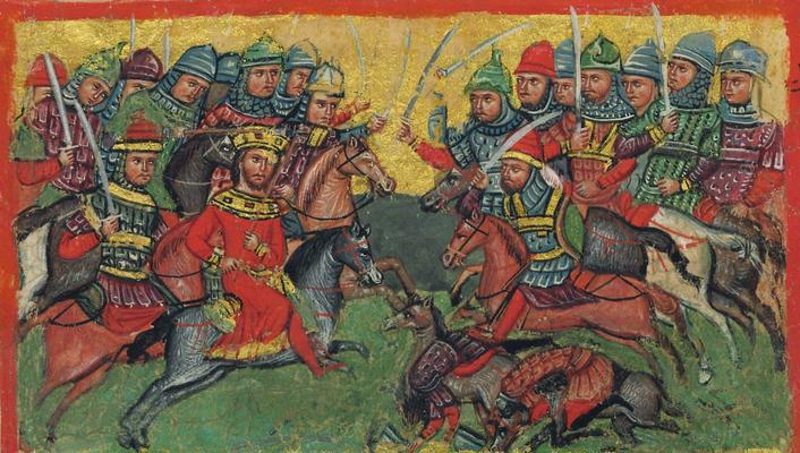
Although this
Middle Eastern Civilizations adopted the Scimitar as a symbol of power
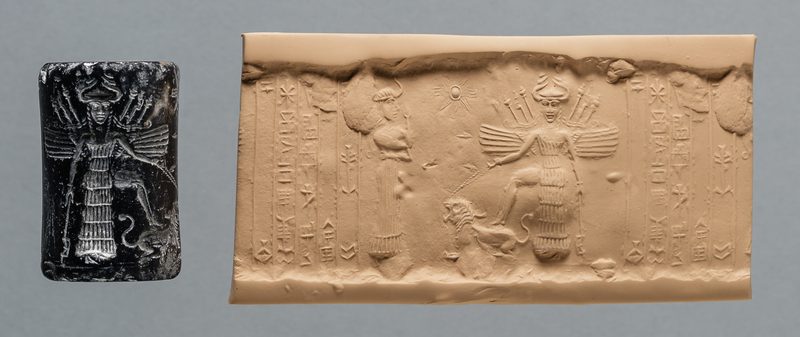
Power and royalty were common themes associated with the Scimitar. Akkadian Art represented this weapon as something held by their kings and the Goddess Ishtar. Other Mesopotamian Deities also held this
It remains integral to the ceremonial military uniform

Even though military combat no longer uses swords, many countries still use the scimitar as a prominent feature in their ceremonial uniforms.
Types of Scimitar
The scimitar may be divided into two categories: The longer blades have softer curves used for cutting and thrusting and the shorter blades have more pronounced curves wielded for cutting only.
While it may have several different names, the scimitar has many regional variations with some even adopted in the African continent.
Shamshir
Most notable for defining the first scimitars, the shamshir is a single-bladed
Popular in the 18th to 19th Century cavalry, the US Marines still favor this
Talwar
Created in India by the Moghul empire in the 16th century, this
The softer curve of the Talwar made it efficient for thrusting, just as much as it is for cutting. Both Infantry and Cavalry are known to have used the Talwar in battles.
Kilij
The Kilij sword appeared in the 15th century, used by the Turks and the Ottoman Empire. The curved blades began in the Hsiung Nu Period. Through their shared islamic faith, and further islamization of the Turkic people, middle eastern armies started using curved blades in replacement of their straight-bladed swords.
These swords were forged with high carbon crucible steel and had a single sharp edge. The
Nimcha
A
The Uses of the Scimitar
Due to its similarities to the falchions and sabres, the scimitar may inflict serious injury by slashing and slicing the blade against foes. Traditionally, the Scimitar is wielded while riding on horseback for its lighter and easier grip without getting stuck in moving combat, unlike how long swords would.
With its lighter weight and strategic design, the scimitar permits easier maneuvering particularly with the elbows and wrists. Where the heavy
Because the scimitar has become a great indicator of Central Asian craftsmanship as well as a symbol for great historical feats in armed combat, it is now highly sought by many collectors. A replica of the Scimitar would make a fine addition to any collection.
Conclusion
Spanning centuries and cultures, the scimitar is an important weapon that visualizes the impact of warfare in Central Asia. To this day, whether through replicas or pop culture references, the scimitar remains a memorable image of strategic resistance and signifies the birth of many traditions along with the formation of cultures across the region.
